Changing culture from the bottom up
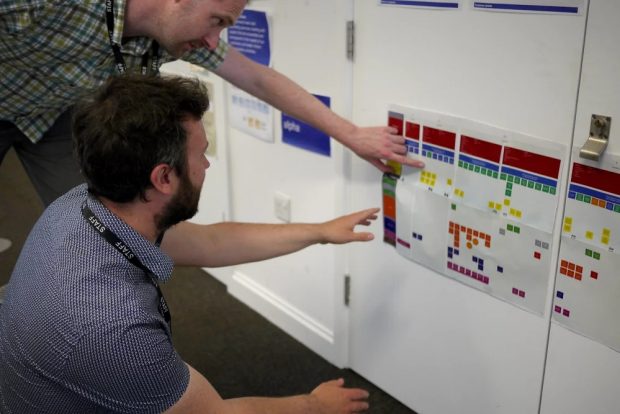
A blog by Dan Beasley - a Digital Delivery Manager - about how Defra is changing its culture from the bottom up and some of the ways of working we are using to do that

A blog by Dan Beasley - a Digital Delivery Manager - about how Defra is changing its culture from the bottom up and some of the ways of working we are using to do that

We spoke to the Open Data Institute's Chief Executive Officer Jeni Tennison about data at Defra at the end of Day 1 of our un/conference with Ordnance Survey last month.
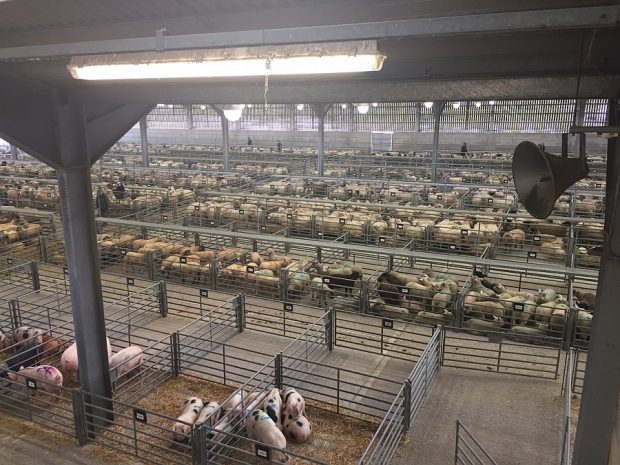
We are transforming how Defra tracks livestock movements in the UK. To illustrate the challenges we went to a livestock market in Ashford, Kent, to speak to some industry representatives about their ideas.

On 24–25 May 2017, Defra and Ordnance Survey ran a two-day un/conference (that's part conference, part unconference) at the Ordnance Survey Headquarters at Southampton. These photos capture a little bit of the magic that happened there...thanks to David Tait, Mattie Yeta

We officially enter a pre-election period as of midnight tonight, so there will be no new blog posts until after the election.
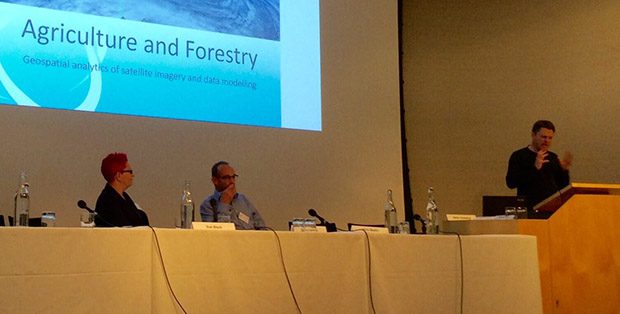
How can we use data, now and in the future? What are emerging technologies and what are their potential uses and impacts? A Defra-Royal Society panel debate asked these and other questions recently.
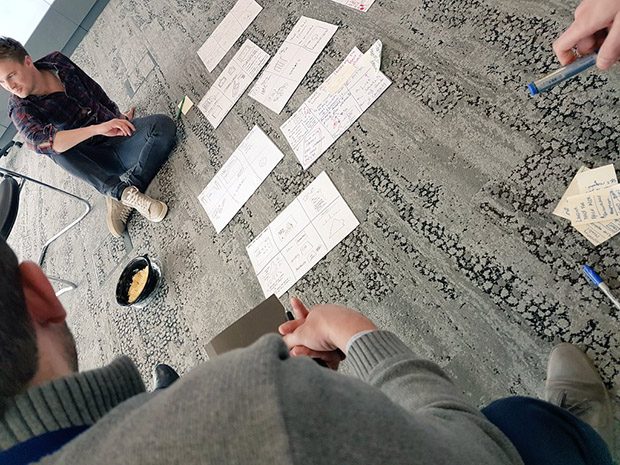
We’ve just wrapped on Day 2 of our two-week sprint over at Capgemini’s Applied Innovation Exchange.

This is the first of a series of blogposts – ‘sprintnotes’ – covering a two week sprint aiming to make better use of flood data.

Last year I was lucky enough to get on to the GDS Data Science Accelerator. On this scheme participants offer their enthusiasm to learn data science and their time to work on a project of potential value to their departments. …
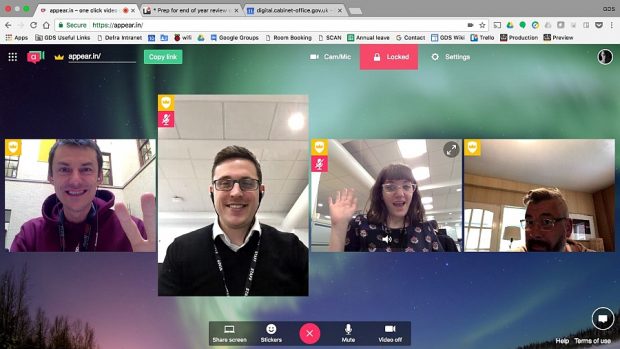
A blog from James Cattell about being inducted to the Defra Digital team and his thoughts on comparing this to a traditional organisation induction.
Recent Comments